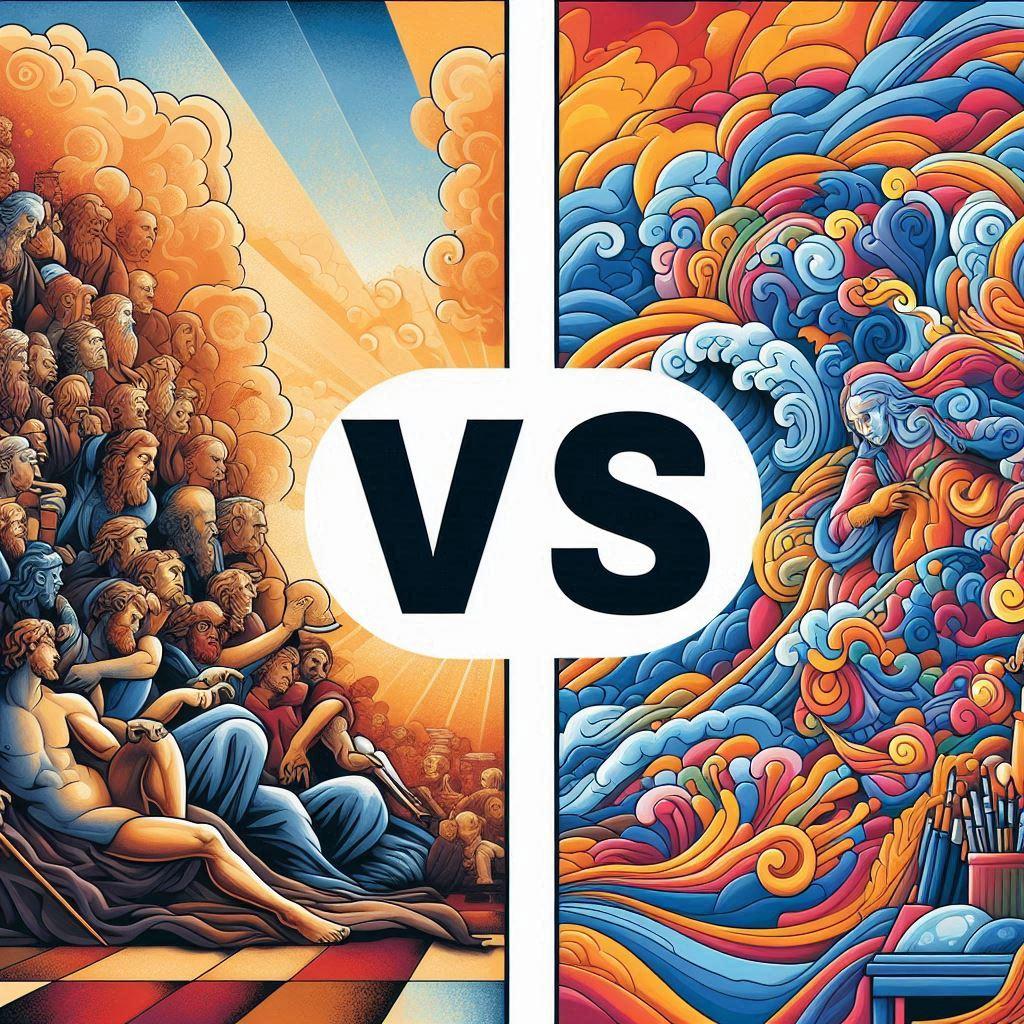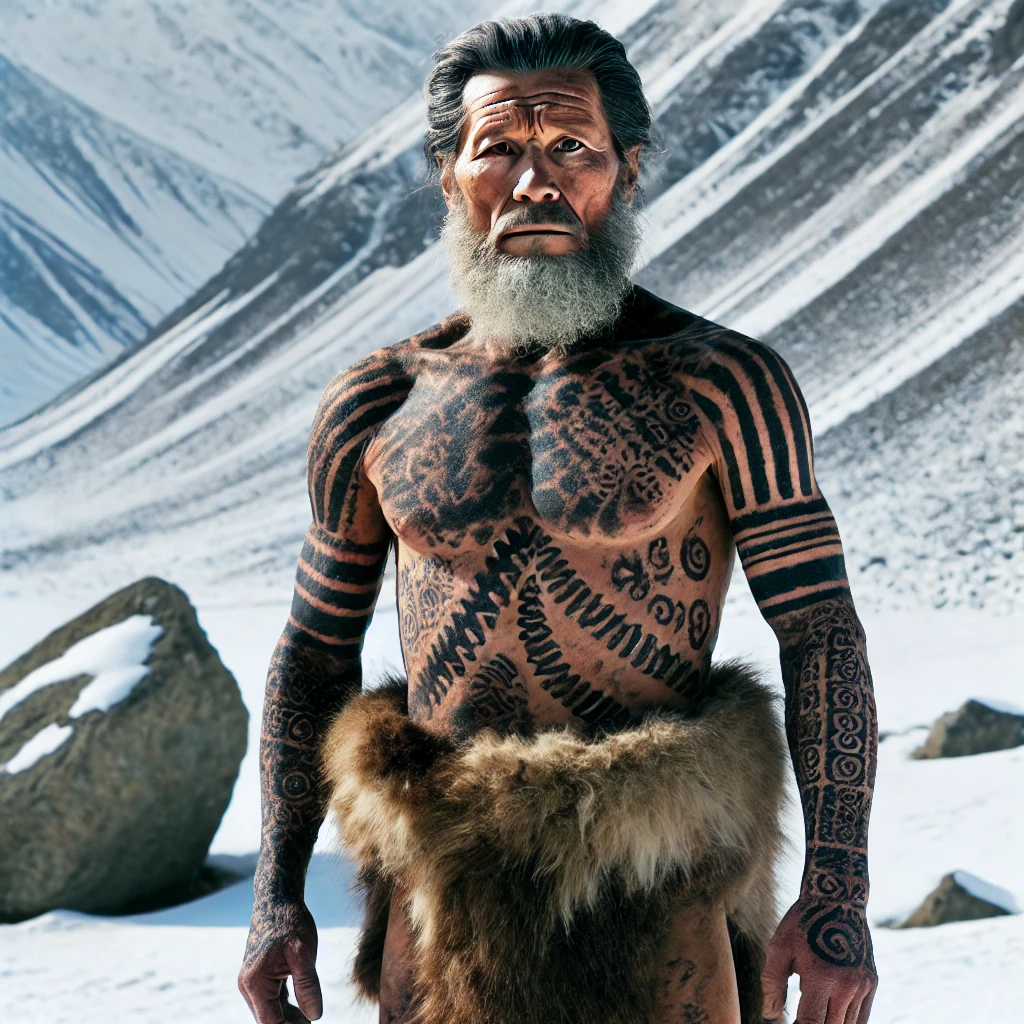Welcome to the captivating realm of painting, where colors dance upon the canvas, and emotions find their voice through the strokes of a brush. Join us on an artistic odyssey as we delve into the nuances of three beloved painting mediums: oil, acrylic, and watercolor. Whether you’re a seasoned maestro or an aspiring artist embarking on your creative journey, this comprehensive Painting Mediums Comparison guide will equip you with the knowledge to navigate the world of painting mediums with ease.
Discover the rich history, versatility, and expressive qualities of oil paints, renowned for their ability to capture intricate details and create depth that seems to leap off the canvas. Explore the vibrant world of acrylics, a modern marvel that offers quick-drying convenience and a vast spectrum of colors, making them ideal for spontaneous and dynamic creations. Delve into the ethereal realm of watercolors, where delicate washes and luminous layers intertwine to evoke a sense of lightness and fluidity.
As you embark on this artistic adventure, you’ll gain the insights and skills to select the perfect medium for your creative vision. Whether you seek the timeless elegance of oil, the vibrant immediacy of acrylics, or the ethereal luminosity of watercolors, this guide will empower you to make informed choices and unleash your artistic potential. So, prepare your palette, embrace the magic of colors, and let your imagination soar as we explore the fascinating world of painting mediums together.
Throughout this Painting Mediums Comparison guide, we’ll provide valuable insights, practical tips, and inspiring examples to help you understand the unique strengths and considerations of each medium. Whether you’re a beginner seeking to find your artistic voice or an experienced painter looking to expand your horizons, this guide will be your trusted companion on your creative journey.

Famous Artists: Mediums of Oil, Acrylic, and Watercolor
| Artist | Medium | Famous Painting | Gallery |
|---|---|---|---|
| Leonardo da Vinci | Oil | Mona Lisa | Louvre Museum, Paris |
| Vincent Van Gogh | Oil | The Starry Night | Museum of Modern Art, New York |
| Gustav Klimt | Oil | The Kiss | Österreichische Galerie Belvedere, Vienna |
| Pablo Picasso | Oil | The Old Guitarist | Art Institute of Chicago |
| Andy Warhol | Acrylic | Campbell’s Soup Cans | Museum of Modern Art, New York |
| David Hockney | Acrylic | A Bigger Splash | Tate Modern, London |
| Mark Rothko | Acrylic | Orange, Red, Yellow | Private Collection |
| Vincent Van Gogh | Watercolor | The Green Vineyard | Kröller-Müller Museum, Otterlo, Netherlands |
| John Singer Sargent | Watercolor | Spanish Fountain | Private Collection |
| Georgia O’Keeffe | Watercolor | Canyon With Crows | Private Collection |
These artists have made significant contributions to their respective mediums, and their works continue to be celebrated in worldwide galleries.
Oil Painting: The Timeless Tradition
With a rich history dating back to the Renaissance period, oil painting has captivated artists and art enthusiasts alike for centuries. Notable masters like Leonardo da Vinci, Rembrandt, and Vincent van Gogh have left an indelible mark on the art world with their breathtaking oil paintings.
Characteristics:
- Slow drying time, allowing for blending, layering, and intricate details
- Rich, vibrant colors and the ability to create depth and texture
- Versatility, enabling various techniques like glazing, impasto, and alla prima
Advantages:
- Longevity and durability, ensuring artwork can be preserved for generations
- Capacity to capture intricate details and create realistic representations
Disadvantages:
- Slow drying time, requiring patience and planning during the painting process
- Potential health risks associated with oil paints, necessitating proper ventilation
Acrylic Painting: The Modern Marvel
Emerging in the mid-20th century, acrylic paints quickly gained popularity among artists for their versatility and convenience. Notable acrylic painting artists like Jackson Pollock, Mark Rothko, and David Hockney have pushed the boundaries of artistic expression with their vibrant and dynamic works.
Characteristics:
- Fast-drying nature, enabling quick and spontaneous painting sessions
- Versatility, allowing for use on various surfaces, including canvas, paper, and wood
Advantages:
- Convenience and ease of use, making them suitable for beginners and experienced artists
- Affordability and accessibility compared to traditional oil paints
Disadvantages:
- Potential limitations in blending and creating smooth transitions due to their quick-drying nature
- Need for careful planning and layering to achieve depth and richness
Watercolor Painting: The Ethereal Elegance
With origins tracing back to ancient Egypt and China, watercolor painting has captivated artists with its unique ability to capture the essence of light and atmosphere. Notable watercolor painting masters like J.M.W. Turner, Winslow Homer, and Georgia O’Keeffe have created mesmerizing works that showcase the beauty and delicacy of this medium.

Characteristics:
- Transparency and fluidity, enabling ethereal effects and luminous washes
- Challenge and skill required to control the water-to-pigment ratio
Advantages:
- Portability and convenience, making them ideal for plein air painting and travel
- Affordability and accessibility, appealing to beginners and hobbyists
Disadvantages:
- Challenges in achieving precise details and sharp lines due to the transparent nature
- Need for careful planning and layering to build up color and depth
Choosing the Right Medium: A Personal Journey
The choice of painting medium is a deeply personal one, influenced by individual artistic style, preferences, and goals. Summarizing a Painting Mediums Comparison table
| Feature | Oil | Acrylic | Watercolor |
|---|---|---|---|
| Drying time | Slow | Fast | Fast |
| Blendability | Excellent | Good | Fair |
| Detail | High | Medium | Low |
| Texture | Yes | Yes | No |
| Versatility | High | High | Medium |
| Longevity | Excellent | Good | Fair |
| Cost | High | Medium | Low |
Getting Started with Each Medium
Oil Painting:
Getting started with oil painting involves familiarizing yourself with the unique properties of oil paints, such as their slow drying time and blend-ability. Choose high-quality oil paints and brushes, and set up a well-ventilated workspace. Begin by practising basic techniques like brushstrokes, color mixing, and layering. Consider taking a class or workshop to learn from experienced oil painters and gain valuable insights. Learn more: Beginner’s Guide to Oil Painting: A Journey Through History, Technique, and Masterpieces. Turner on Oil Painting:
“Painting is a science and should be pursued as an inquiry into the laws of nature.”
Acrylic Painting:
Acrylics offer a vibrant and versatile medium for beginners. Start by understanding their fast-drying nature and the importance of working quickly. Choose acrylic paints in a variety of colors and experiment with different brush types. Explore techniques like layering, glazing, and impasto to create depth and texture. Acrylics are also suitable for mixed media projects, allowing you to incorporate other elements like collage or drawing. Learn more: Mastering Acrylic Painting: A Complete Guide for Beginners. Robert Bissett on Acrylics:
“Use acrylics like acrylics – don’t set yourself up for disappointments.”
Watercolor Painting:
Watercolors are known for their delicate and ethereal effects. Begin by learning about the unique properties of watercolor paints, such as their transparency and the importance of controlling the water-to-paint ratio. Choose high-quality watercolor paints and brushes designed for this medium. Practice basic techniques like washes, gradients, and dry brushstrokes. Experiment with different types of watercolor paper to discover their impact on the final outcome. Learn more: Getting Started with Watercolors
“Watercolors teach us to appreciate the beauty in imperfection.”
Remember, each medium has its own learning curve and challenges. Embrace the process of experimentation and practice regularly to develop your skills and artistic style.
– Getting Started Kits –
Painting Mediums Comparison: A Journey of Artistic Discovery
From the rich depth of oils to the vibrant immediacy of acrylics and the ethereal luminosity of watercolors, each painting medium offers a unique path to creative expression.
Explore the slow-drying precision of oils, the quick-drying spontaneity of acrylics, and the fluid unpredictability of watercolors.
Which medium will resonate with your artistic soul? Experiment, discover, and let your creativity flourish.




